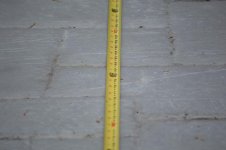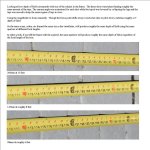Eyelight Plays with Depth of Field
Been too long away from creative photography and trying to refresh the old knowledge and learn about new equipment.
Basic idea is to plan a shot, take the shot and learn.
Plan was to make the toaster the subject and remove the bananas as subject by blurring them with the background.
First shot missed. I had focused on the toaster, and then adjusted focus back slightly. Too much!

Second shot was just fine.

I learned that at 105mm and f4.5 the DOF is only 2.78" which is barely enough to keep the front of the toaster in focus and that a very small movement of the focusing ring moves the focal point more than I thought it would.
I may add more posts as I fiddle with the new camera, lenses, etc. or anybody can add what they like. Writing this post, I thought of something else I need to explore.
Keep it simple. Plan the shot, take the shot and learn.
What did you learn today?
Been too long away from creative photography and trying to refresh the old knowledge and learn about new equipment.
Basic idea is to plan a shot, take the shot and learn.
Plan was to make the toaster the subject and remove the bananas as subject by blurring them with the background.
First shot missed. I had focused on the toaster, and then adjusted focus back slightly. Too much!

Second shot was just fine.

I learned that at 105mm and f4.5 the DOF is only 2.78" which is barely enough to keep the front of the toaster in focus and that a very small movement of the focusing ring moves the focal point more than I thought it would.
I may add more posts as I fiddle with the new camera, lenses, etc. or anybody can add what they like. Writing this post, I thought of something else I need to explore.
Keep it simple. Plan the shot, take the shot and learn.
What did you learn today?
Last edited:











